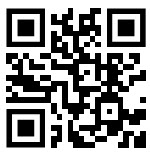 Last Spring, as I was sitting listening despondently to students mangling stress, I decided to give up on words, and create a sound pattern that was so visually simple, they’d be compelled to listen.
Last Spring, as I was sitting listening despondently to students mangling stress, I decided to give up on words, and create a sound pattern that was so visually simple, they’d be compelled to listen.
If you can’t hear a sound, it is very difficult to reproduce it. Our students hear stressed syllables, which would be okay, except in English over 60% of our syllables are unstressed, and we often forget to teach them how to listen for those unstressed syllables.
English spelling compounds the problem. Continue reading









